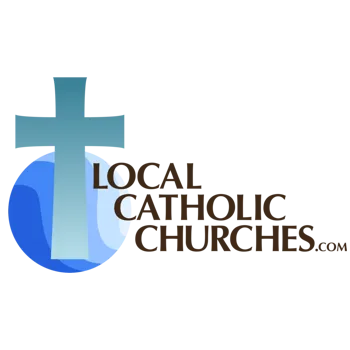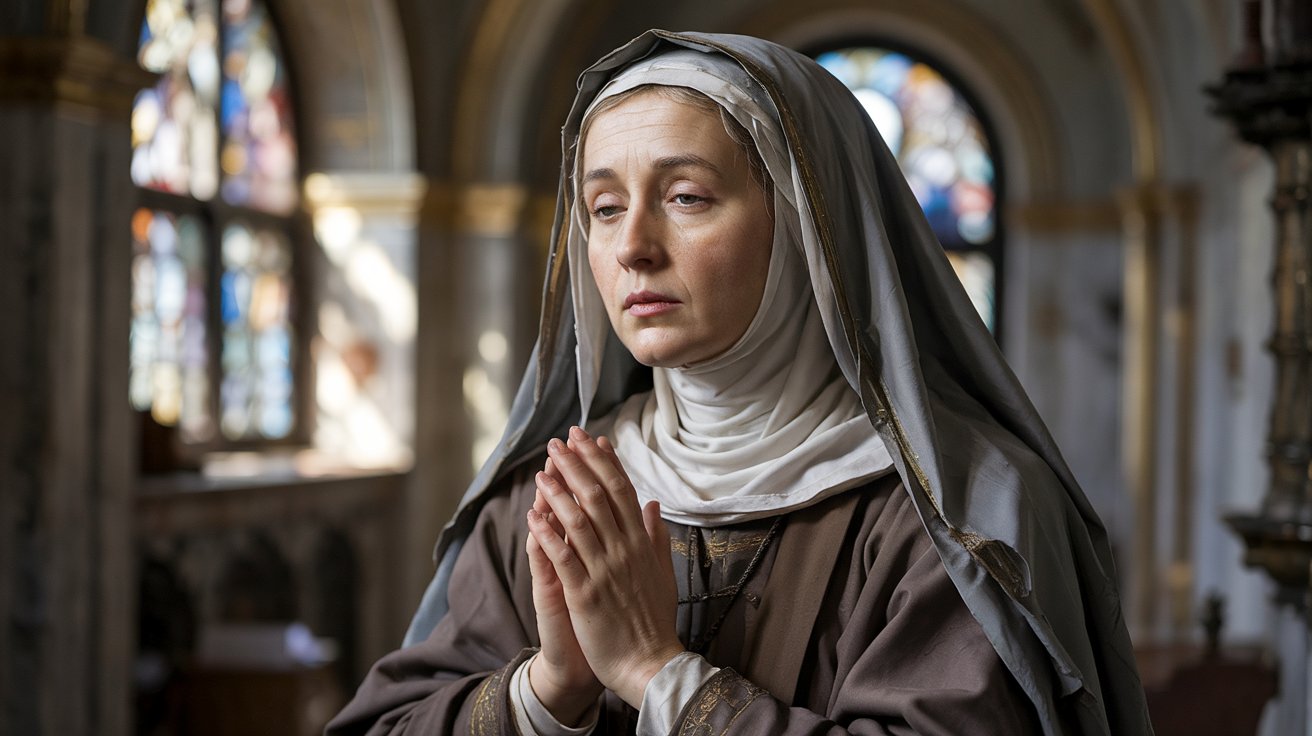St. Michael the Archangel is one of the most revered figures in Christian tradition. The name Michael comes from the Hebrew phrase Mi Kha El?, meaning “Who is like God?”—an exclamation that underscores his role as a champion of God’s sovereignty. Throughout centuries of Christian devotion, St. Michael has been invoked for protection, spiritual warfare, and the defense of the faithful against evil.
Key takeaways:
- Feast Day: September 29 (shared with Archangels Gabriel and Raphael)
- Patronages: Police officers, soldiers, security forces, first responders, the sick, the dying, and more.
- Primary Scriptural References: Book of Daniel (Hebrew Bible/Old Testament), Letter of Jude, and Book of Revelation in the New Testament.
Biblical and Traditional Understanding
In Scripture
- Book of Daniel (Daniel 10:13, 21; 12:1)
- Michael is described as a “great prince” who stands guard over God’s people.
- Letter of Jude (Jude 1:9)
- Michael is depicted contending with the devil over the body of Moses, stressing his role as a defender.
- Book of Revelation (Revelation 12:7–9)
- Portrays a cosmic battle in which Michael and his angels defeat the devil (the dragon) and cast him out of heaven.
In Christian Tradition
- Early Christian writers recognized Michael as a powerful intercessor, protector, and healer.
- Over time, numerous legends and apparitions have been reported, solidifying devotion to St. Michael, especially in Europe. One famous site is Monte Gargano in southern Italy, believed to be a place where St. Michael appeared around the 5th century.
Relationship with Other Saints
Although St. Michael is an archangel rather than a human saint, devotion to him frequently appears alongside the veneration of other great protectors in Catholic tradition:
- St. George: Known for slaying a dragon, often symbolizing evil. Like Michael, St. George is venerated as a courageous fighter against wickedness.
- St. Joan of Arc: She reported visionary guidance from the Archangel Michael, among other saints.
- St. Raphael the Archangel: Also an archangel, invoked particularly for healing (Tobit 12:15). Raphael, Michael, and Gabriel share the same feast day on September 29.
Timeline of Devotion to St. Michael
Below is a chronological overview of key events tied to the devotion of St. Michael, spanning historical apparitions, the establishment of famous shrines, and papal endorsements.
| Date/Period | Event | Significance |
|---|---|---|
| 4th century | Early Church references to St. Michael | Church Fathers (e.g., St. Basil) emphasize Michael’s role as protector and leader of angels. |
| 5th century | Apparition at Monte Gargano (Italy) | Establishment of one of the earliest shrines dedicated to St. Michael; devotion begins to spread rapidly. |
| 6th century | Dedication of the Basilica of St. Michael in Rome | Reflects growing devotion across the Christian world. |
| 8th–9th centuries | St. Michael recognized in liturgical calendars | Official feast days become more standardized; multiple local feasts dedicated to him in different regions. |
| 13th century | Rise of the “Great Supplication” prayers | St. Michael invoked in religious processions to ward off plagues and disasters. |
| 15th century | Art flourishes depicting St. Michael slaying the dragon | Symbolic representation of Christ’s victory over evil through the Archangel’s intervention. |
| 1886 | Pope Leo XIII’s Prayer to St. Michael | Written in response to a vision, included in the Leonine Prayers after Mass for protection of the Church. |
| 20th century | Feast of the Archangels combined (September 29) | Modern liturgical calendar places Michael, Gabriel, and Raphael on the same feast day. |
| Present day | Ongoing global devotion | St. Michael remains a patron saint of police, soldiers, and those seeking spiritual protection. |
Who Should Pray to St. Michael?
While anyone can pray to St. Michael for protection and assistance, there are groups and situations for which his intercession is particularly common:
- Military Personnel and Police Officers: St. Michael’s role as a celestial defender makes him a patron for those who serve and protect.
- First Responders and Security Services: Firefighters, paramedics, and security guards often turn to St. Michael for courage and safety.
- Those Facing Spiritual Warfare: Individuals struggling against temptation, evil influences, or fear commonly invoke his aid.
- Anyone Needing Courage: St. Michael’s example as a champion of justice and truth offers spiritual strength in times of adversity.
Common Prayers and Devotions to St. Michael
There are numerous prayers and devotional practices in honor of St. Michael. Below are a few of the most widely known.
1. The Prayer to St. Michael (Pope Leo XIII)
Often recited at the end of Mass (in many parishes and private devotions), this prayer was composed by Pope Leo XIII around 1886:
Prayer to St. Michael the Archangel
St. Michael the Archangel, defend us in battle.
Be our protection against the wickedness and snares of the devil.
May God rebuke him, we humbly pray,
and do thou, O Prince of the heavenly hosts,
by the power of God,
cast into hell Satan and all the evil spirits
who prowl about the world
seeking the ruin of souls.
Amen.
2. Chaplet of St. Michael
A longer devotion that includes nine salutations (one for each choir of angels) and a concluding prayer. It honors St. Michael and the nine choirs of angels—Seraphim, Cherubim, Thrones, Dominions, Powers, Virtues, Principalities, Archangels, and Angels.
Brief structure:
- Introductory Prayers: Sign of the Cross, an invitation to prayer.
- Nine Salutations: Each begins by invoking a specific choir of angels and requesting their intercession.
- Closing Prayers: Often include the Our Father, Hail Mary, and final invocation to St. Michael.
3. Litany of St. Michael
A litany is a call-and-response form of prayer:
- Petitioners call upon St. Michael under various titles, such as “Defender of the Church,” “Guardian of Souls,” “Conqueror of Lucifer,” etc.
- Each invocation is followed by “Pray for us.”
4. Personal or Spontaneous Prayers
Individuals may also simply speak from the heart, asking St. Michael for protection, courage, and perseverance. Informal prayers can be as brief as “St. Michael, defend me today; keep me from evil.”
Feast Days and Liturgical Celebrations
Feast of the Archangels (St. Michael, St. Gabriel, and St. Raphael)
- Date: September 29 (in the Roman Catholic Church)
- Liturgical Color: White (or Gold in some traditions), symbolizing joy and victory.
- Historical Note: Prior to liturgical reforms in the 20th century, St. Michael’s feast was specifically on September 29, St. Gabriel’s on March 24, and St. Raphael’s on October 24. These were combined to emphasize the unity of the archangelic ministry.
Iconography and Symbolism
Artistic depictions of St. Michael typically include:
- Sword or Spear: Symbol of his power against evil.
- Shield: Signifying protection.
- Scales: In some traditions, St. Michael is shown weighing souls at the Last Judgment.
- Dragon or Demon at His Feet: Symbolizing victory over Satan and evil.
Conclusion
St. Michael the Archangel stands as a potent symbol of defense, justice, and fidelity to God’s will. From his biblical roots in the Books of Daniel and Revelation to widespread devotion across the Christian world, St. Michael has inspired centuries of prayers, liturgies, and popular piety. He is not a “saint” in the usual human sense, but rather an angelic warrior who guards both individuals and the Universal Church from the forces of darkness.
- Why We Honor Him: His fidelity to God, his protection of believers, and his unyielding battle against evil.
- Why This Matters Today: In times of personal struggle, communal danger, or spiritual warfare, the faithful often find solace and courage by invoking the archangel who proclaims, “Who is like God?”
St. Michael’s enduring popularity across Christian denominations attests to the timeless need for divine protection and the belief that evil does not prevail when confronted with heavenly power and grace. Anyone seeking strength, courage, and defense—from soldiers on the battlefield to families seeking peace at home—can call upon St. Michael for guidance and intercession. His feast on September 29 remains a major celebration, uniting the faithful in honoring the cosmic drama of good triumphing over evil.






